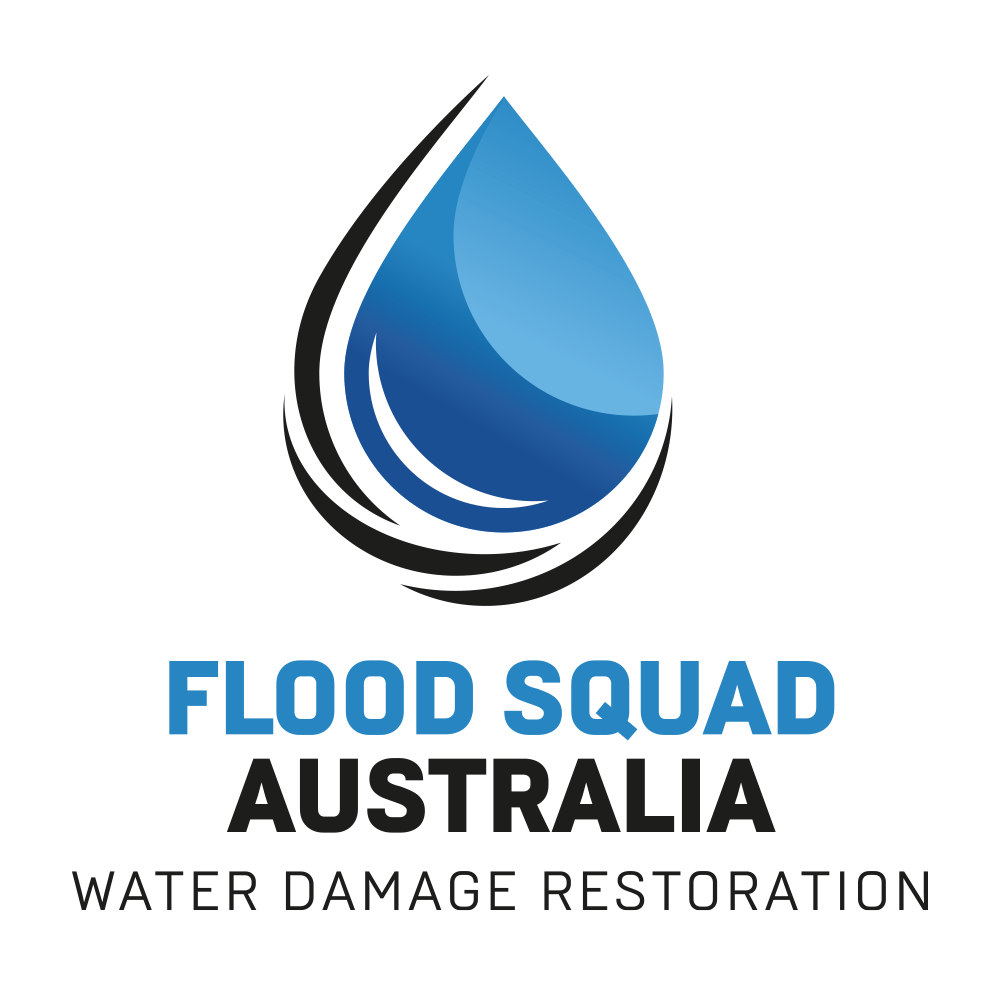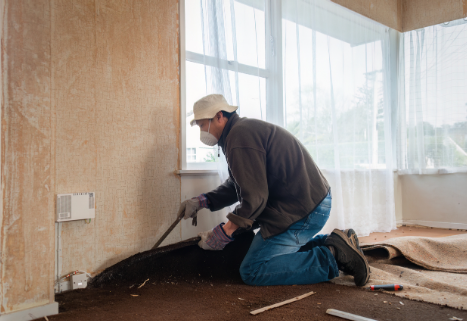Water damage can wreak havoc on your carpets. It’s a problem that requires immediate attention to prevent further damage.
But where do you start? How do you clean and restore a water-damaged carpet?
This guide is here to help. It provides a comprehensive look at cleaning and restoration of water damaged carpet
You’ll learn about emergency carpet cleaning steps. We’ll also discuss how to assess the severity of water damage.
Moreover, you’ll discover when it’s time to call in the professionals. And, importantly, how to make the tough decision between salvaging or replacing your carpet.
By the end of this guide, you’ll be equipped with the knowledge to tackle water damage effectively. Let’s dive in.
Understanding Water Damage and Its Effects on Carpets
Water damage comes in various degrees and can quickly ruin carpets if not addressed. It begins with soaking fibers, leading to potential mildew or mold growth.
Different water sources cause varying levels of damage. Clean water, like from a burst pipe, is less harmful than black water, which poses health risks. Both types require swift action to prevent long-term damage and potential health hazards. Understanding these dynamics is crucial to effective water damage carpet cleaning and restoration efforts.
Immediate Actions: Emergency Carpet Cleaning Steps
Swift action can prevent further damage to your carpets. Begin by stopping the water source if possible. This reduces the chance of ongoing damage.
Next, remove as much water as you can. Use towels or a wet vacuum to extract standing water. Every drop removed lessens the damage.
Create airflow to aid drying. Open windows and use fans to circulate air. Proper ventilation is crucial for effective drying.
Here’s a quick list of emergency steps:
- Stop the water source.
- Remove standing water.
- Open windows for ventilation.
- Use fans to increase airflow.
- Relocate furniture to prevent staining.
Finally, elevate furniture by placing it on blocks. This prevents further soaking and allows carpets to dry more effectively. Taking these steps quickly can reduce the risk of mold and simplify the restoration process. Keep in mind, the faster you act, the less extensive the damage will be.
Assessing the Severity of Water Damage
Accurate assessment is vital for effective restoration. First, determine the type of water involved: clean, gray, or black. Clean water is less hazardous, while gray and black may carry health risks.
Next, examine the extent of the water’s reach. Check how deep the moisture has penetrated the carpet and padding. Moisture meters can help gauge the level of saturation.
Finally, consider the carpet’s exposure duration. Carpets soaked for long periods are more likely to sustain severe damage. This assessment informs the next steps in your cleanup and recovery process. Prioritise this evaluation to ensure a tailored and effective response.
Safety First: Pre-Cleaning Precautions
Before diving into the cleaning process, ensure your safety. Water damage can present hidden hazards. Turn off electricity in affected areas to prevent electrical shocks.
Additionally, wear protective gear like gloves and masks. This is especially crucial when dealing with gray or black water. Protective clothing shields you from possible contaminants and allergens. Prioritising safety helps avoid accidents and health risks during the restoration process. With proper precautions, you can proceed confidently to restore your carpets.
Water Extraction: Tools and Techniques
The first crucial step in cleaning flooded or water damaged carpet is water extraction. Removing standing water quickly is imperative to prevent further damage. Utilise a wet/dry vacuum for small areas to efficiently extract water from carpets.
For larger or severely affected areas, consider using a professional-grade carpet extractor. These machines offer greater suction power and can handle more significant water volumes. Investing in such a tool can save time and improve results.
Manual options, like mops and buckets, might work for limited water on hard surfaces. However, for saturated carpets, they are insufficient. They fail to remove water deep in carpet fibers or padding.
Employing proper equipment ensures thorough extraction. This reduces drying time and minimises the risk of mold. Choosing the right tools is essential for effective water damage restoration.
Drying Your Carpet: Best Practices and Equipment
Once water has been extracted, drying the carpet thoroughly is the next step. Begin by improving air circulation in the affected area. Open windows and doors to aid this process. Fresh air can speed up drying and reduce odors.
Utilise fans and air movers to focus airflow directly onto damp carpets. Place these units strategically for optimal air distribution. Air movers are particularly effective in pushing moisture out of carpet fibers. They help speed up the drying process significantly.
Dehumidifiers are vital in reducing indoor humidity levels. Lower humidity helps evaporate moisture from carpets more quickly. They also prevent mold and mildew from developing, ensuring a healthier environment. Use them alongside fans for best results.
Ensure the carpet padding and subfloor dry adequately to avoid secondary damage. Inspect these areas regularly throughout the drying process. Patience and attention to detail are key to a successful carpet drying effort. Proper drying helps maintain carpet integrity and prevents future issues.
Sanitising and Deodorising: Ensuring a Healthy Environment
Once your carpets are dry, it’s crucial to sanitise them. Use a suitable antimicrobial solution to eliminate harmful bacteria. This step prevents potential health risks and controls mold growth.
Odors are a common issue after water damage. Deodorising the carpet helps remove any unpleasant smells. Choose products that neutralise odors instead of just masking them.
Ensure thorough application of sanitisers and deodorisers. Follow product instructions closely for the best results. Regular treatment helps maintain a clean and fresh environment. This step is vital for restoring your carpet’s freshness and safety.
When to Call in the Professionals: Seeking Expert Help
Knowing when to seek professional help can prevent costly mistakes. If water damage seems extensive, it’s best to consult experts. Professional intervention ensures a thorough cleanup and reduces health risks.
Complex cases, like those involving black water, demand professional expertise. This type of water contains harmful contaminants. Prompt professional action can prevent severe issues, including structural damage.
Hiring certified professionals gives peace of mind. They have access to advanced tools and techniques. Consider professional help when unsure about DIY effectiveness or when facing recurrent issues.
The Role of Professional Equipment in Restoration
Professional equipment plays a crucial role in successful carpet restoration. High-powered extractors can remove water more efficiently than typical household tools. These machines pull out moisture from deep within the carpet fibers and padding.
Additionally, industrial-grade dehumidifiers and air movers are essential. They speed up the drying process significantly. By using these specialised tools, restoration professionals ensure that carpets dry completely, minimising the risk of mold growth and further damage.
To Salvage or Replace: Making the Right Decision
Deciding whether to salvage or replace a water-damaged carpet depends on the extent of the damage. If the water damage is extensive or involves contaminated water, replacement might be best.
Conversely, if the damage is minor and involves clean water, restoration is often possible. Consulting with professionals can provide clarity and help make an informed decision based on specific circumstances.
Final Inspection and Preventative Measures
After the restoration process, conduct a thorough final inspection to ensure all moisture is removed. This step helps prevent mold and structural issues.
Using tools like moisture meters can confirm that carpets, padding, and subfloors are dry. Inspections should also focus on checking for any musty odors or stains that indicate lingering issues.
To prevent future water damage, consider implementing preventative measures. Here’s a list to guide you:
- Install effective drainage systems around the property.
- Use waterproofing solutions for vulnerable areas.
- Regularly inspect and maintain plumbing systems.
Being proactive can safeguard carpets and extend their lifespan.
Conclusion: The Importance of Timely and Effective Restoration
In conclusion, acting swiftly during water damage is crucial. Fast action can significantly reduce damage and related costs.
Effective carpet cleaning and restoration preserve both aesthetics and health. Being prepared and informed ensures a smooth recovery process.


